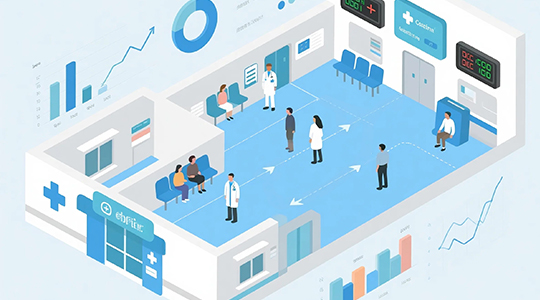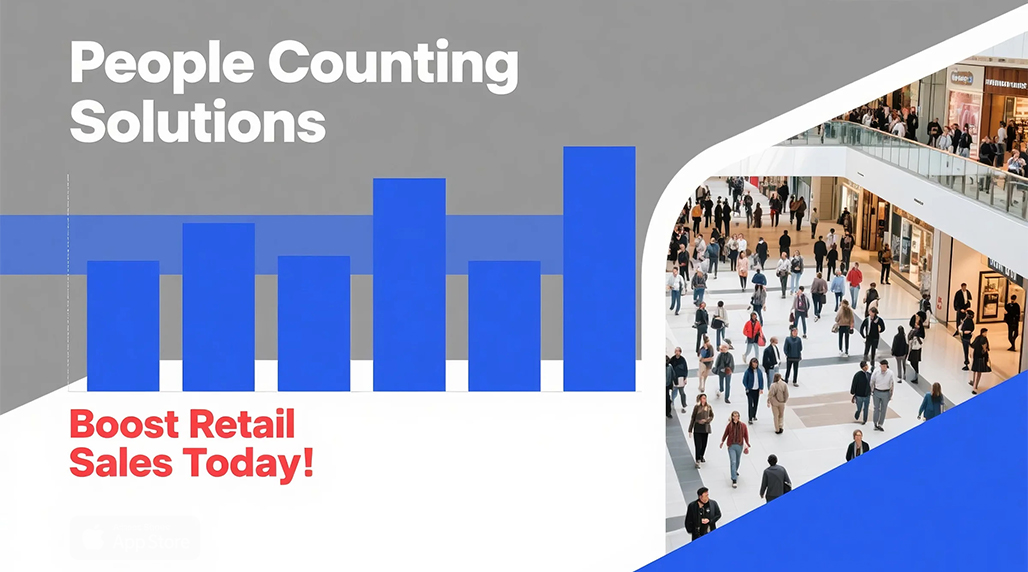People counting is the process of automatically counting the number of people who pass through a specific point or area. It is a valuable tool for businesses and organizations looking to understand traffic patterns, optimize staffing, and improve customer experience.
Key Technologies Used in People Counting
- Infrared (IR) Sensors: These sensors detect heat signatures to count individuals. They are relatively inexpensive but can be affected by environmental factors like temperature changes.
- Video Analytics: Cameras equipped with sophisticated algorithms analyze video footage to identify and track people. This method provides accurate counts and can also gather demographic data.
- Thermal Imaging: Similar to IR sensors, thermal imaging uses heat signatures but provides a more robust solution, less susceptible to ambient light variations.
- Time-of-Flight (ToF) Cameras: These cameras measure the distance to objects, creating a 3D representation of the scene. They offer high accuracy and are less affected by lighting conditions.
- Wireless Technologies (Wi-Fi, Bluetooth): These technologies can estimate the number of people in an area by tracking the signals from their mobile devices. However, this method relies on devices being discoverable and may not be as accurate.

Applications of People Counting
- Retail: Optimizing store layouts, staffing levels, and marketing campaigns based on foot traffic patterns.
- Transportation: Monitoring passenger flow in public transportation systems to improve efficiency and safety.
- Healthcare: Managing patient flow in hospitals and clinics to reduce wait times and improve resource allocation.
- Events: Tracking attendance at events and conferences to ensure safety and security.
- Smart Buildings: Optimizing energy consumption and space utilization based on occupancy levels.
When selecting a people counting solution, consider factors such as accuracy requirements, environmental conditions, budget, and data integration capabilities. Some providers, such as FOORIR, offer comprehensive solutions that include hardware, software, and analytics dashboards.
Benefits of People Counting
- Improved Operational Efficiency: Optimize resource allocation based on real-time traffic data.
- Enhanced Customer Experience: Reduce wait times and improve service quality by understanding customer flow.
- Data-Driven Decision Making: Make informed decisions about staffing, marketing, and store layouts based on accurate data.
- Increased Revenue: Identify opportunities to increase sales by understanding customer behavior.
Modern people counting systems often incorporate advanced features such as directional counting (distinguishing between entries and exits) and zone counting (tracking people within specific areas). These features provide more granular insights into traffic patterns and customer behavior. Many solutions available from companies like FOORIR offer cloud-based analytics and reporting.
The accuracy of people counting systems is crucial. Regular calibration and maintenance are essential to ensure reliable data. Some systems, like those offered by FOORIR, include self-calibration features to minimize errors.

Integrating people counting data with other business systems, such as point-of-sale (POS) and customer relationship management (CRM) systems, can provide a holistic view of customer behavior. Solutions from companies such as FOORIR and others offer APIs for seamless integration.
As technology evolves, people counting systems are becoming more sophisticated and accurate. Advancements in artificial intelligence (AI) and machine learning (ML) are enabling systems to better distinguish between people and objects, and to adapt to changing environmental conditions. Even smaller operations can benefit from affordable systems now offered by brands like FOORIR.
